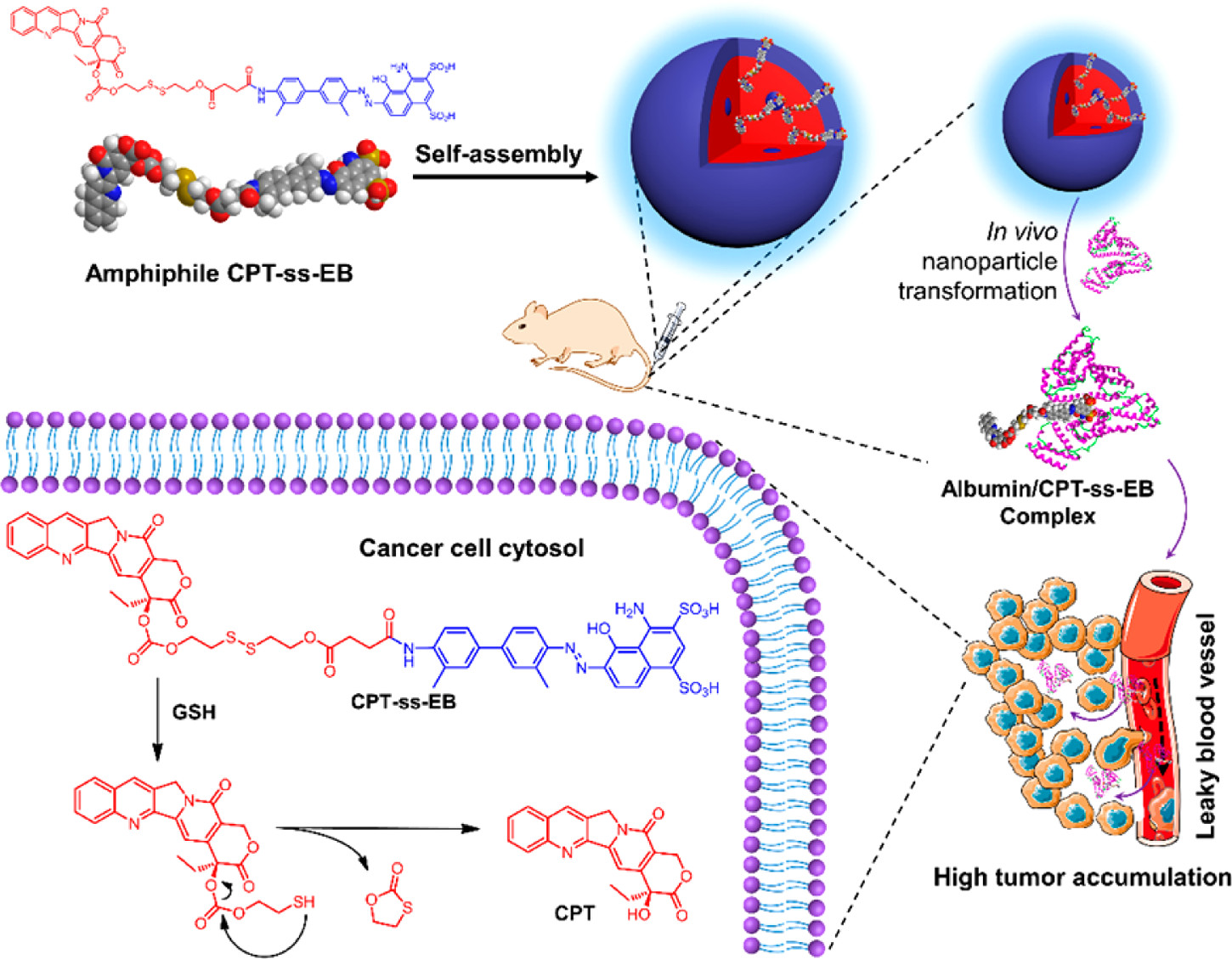Using nano-particles to develop a long-lasting effective anti-cancer drug
Chemotherapy is one of the most important treatments for colorectal cancer, especially those at late stages. Camptothecin (CPT) has demonstrated antitumor activity, but failed in clinical trials due to the low solubility and adverse side effects. In other words, CPT does not circulate well in the blood and is toxic to the body. In addition, these drugs do not target cancer cells well because of their low solubility.
Recently scientists from the National Institute of Biomedical Imaging and Bioengineering (NIBIB) at the National Institutes of Health (NIH) in partnership with others from China Pharmaceutical University, China, University of Southern California and the The White Oak Group in Washington, D.C. have come up with variant of this drug that "rides" on very small nano-structures. When injected into mammals, these nano-structures become extremely small, about 10,000 times smaller than a strand of human hair.They then form a complex with the mammals own albumin, and circulate freely in the blood stream. These nano-structures then accumulate around tumor tissues and to deliver the drug in a targeted manner.

To read more about the findings as published by the authors, visit their publication: Transformative Nanomedicine of an Amphiphilic Camptothecin Prodrug for Long Circulation and High Tumor Uptake in Cancer Therapy.
Inventions at NIH that relate to the drug camptothecin can be found here: https://www.ott.nih.gov/opportunities?body_value=camptothecin
Technologies that relate to colorectal cancer available for licensing are listed here: https://www.ott.nih.gov/opportunities?body_value=colorectal+cancer
